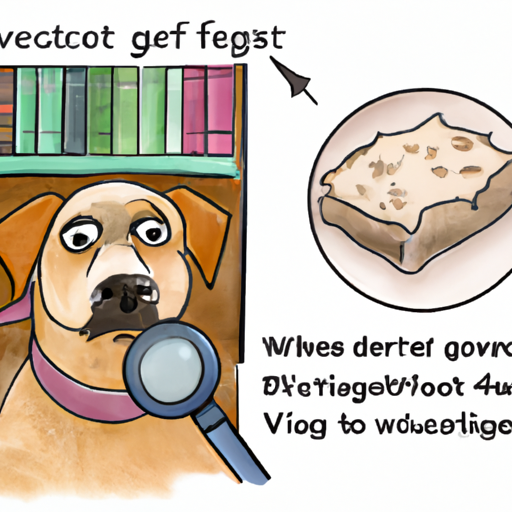Understanding Yeast Infection in Dogs
Yeast infection in dogs is a common occurrence, especially in breeds with wrinkled skin or long, floppy ears. You’d typically notice symptoms such as itching, redness, and a distinct, unpleasant odor. Yeast is a fungus that thrives in warm, moist environments, making your furry friend’s skin folds and ears ideal breeding grounds.
Identifying Symptoms
Identifying these symptoms early can make a world of difference:
- Intense itching
- Sores and lesions
- Greasy skin
- Discoloration of the skin
- Unpleasant odor
It’s important to note that these symptoms can also be indicative of other underlying conditions. Hence, getting a veterinarian’s confirmation of yeast infection is crucial.
Interventions and Treatment
In the face of yeast infection, your dog looks to you for relief. Here’s how you can help:
-
Visit the Vet: A proper diagnosis is essential. Your vet can suggest an effective treatment plan based on the severity of the infection.
-
Medication: This may include topical creams or oral medication. Always follow the vet’s instructions to the letter.
-
Dietary Changes: Yeast thrives on sugar. Hence, your vet might recommend a diet low in sugar and carbohydrates.
| Intervention | Treatment |
|---|---|
| Visit the Vet | Diagnosis |
| Medication | Topical creams, Oral medication |
| Dietary Changes | Low sugar and carbohydrate diet |
Preventive Measures
They say prevention is better than cure, and rightly so. Here’s how you can prevent yeast infections in your dog:
-
Regular Grooming: Make sure to keep your dog’s skin folds and ears clean and dry.
-
Healthy Diet: This can boost your dog’s immune system and keep infections at bay.
-
Regular Vet Check-ups: Regular check-ups can help identify potential problems before they become severe.
Long-Term Management
Managing a yeast infection effectively means long-term commitment to your dog’s health. This may include:
-
Continued Medication: Depending on the severity, your vet may prescribe long-term medication.
-
Lifestyle Changes: Regular exercise, a healthy diet, and good grooming habits can go a long way in preventing future infections.
FAQs
Q: Can yeast infections in dogs be prevented?
A: Yes. Regular grooming, a healthy diet, and regular vet check-ups can help prevent yeast infections.
Q: Is yeast infection in dogs contagious to humans?
A: No. Humans can get yeast infections, but not from their dogs.
Q: How long does it take for a dog to recover from a yeast infection?
A: With proper treatment, most yeast infections clear up in 1-2 weeks. However, more severe cases can take longer.
Remember, as a caregiver, your dog relies on you for its health and happiness. Stay informed, stay vigilant.



